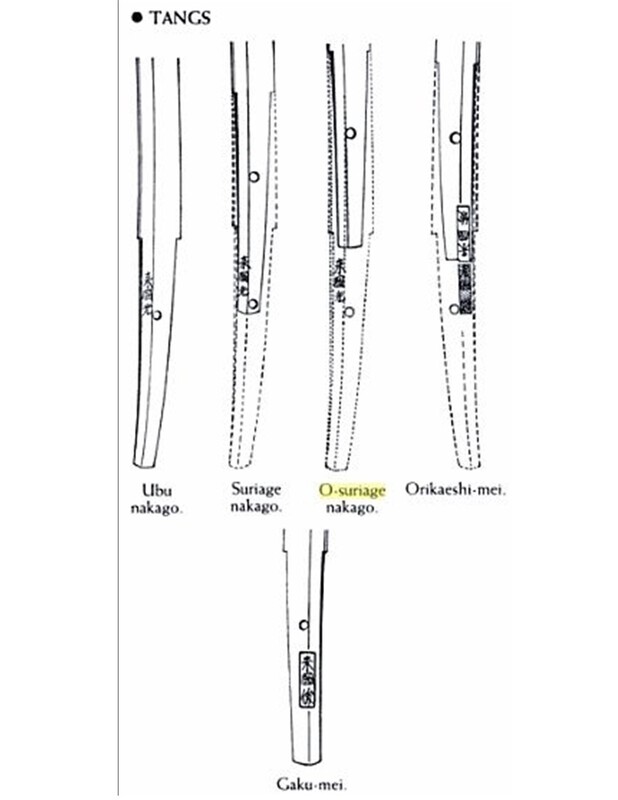Leaderboard
Popular Content
Showing content with the highest reputation on 06/26/2022 in all areas
-
The word “splendid” is not a precise scientific term as far as I know. It therefore does not have a precise scientific meaning. It therefore follows that it is a matter of personal taste and opinion which in the world of Nihonto is really pretty common. To ask for an “explanation” is unscientific and is like asking “what is a splendid meal?” Opinions will thankfully vary.6 points
-
Might be 宗十郎 (宗十ろう) – Sojuro. After reading the previous post by Chris, I think I can read the last character.4 points
-
i don't recommend removing the handle of an NCO sword. there is nothing on the nakago that will help and too much chance of damaging the sword. the handle looks like it is brass. if so the only NCO swords i know with brass handles are post war copies4 points
-
There are some things: 1. The dot of the blossom is not sharp outlined. 2. The small path should be highlined 3. The ito binding is wrong. That should be carved. 4. The Tsuka had no sharp lines. The small heighted Tip must be more sharp. 5 The clipper musst be flat and sharp lined There are some more. Like the screwhead that is to big. Brass handles are not common for Type95. I never heard about a brass handled Type95. The stamps didn't look good (but - i learned that the stamps are not a true indicator for the authenticity) Overall its a replica and not a real one.3 points
-
Not a match, but these two old yumi were made by Shibata, the plain lacquer yumi is, i believe, dated 1937, the last kanji on my yumi makes me wonder if there may be a tie in for yours. the 21st generation Shibata Kanjuro and his son are making yumi in Kyoto. He is well known in Kyudo circles and holds workshops for those interested in making yumi. regards chris colman3 points
-
There is already an example of this batch in the fake 95 thread. I think these pictures are better so I'll add them there as another example.2 points
-
Concur with the above and can add that these came from China some time back. I can spot these based upon the ferrule inspection mark which is in the shape of an undefined blob!2 points
-
Currently in Paris: https://www.google.com/url?sa=t&source=web&rct=j&url=https://www.youtube.com/watch%3Fv%3DZ7xz1pe4_F4&ved=2ahUKEwjuz7Ltv8v4AhULuRoKHYP0AaEQwqsBegQIBRAB&usg=AOvVaw3Rd9lo--FfPVEVOtTOa7uZ2 points
-
I agree with all the points made so far. It's alarming that the fakers are attempting Suya Shoten blades. Yet, on the other hand, we're lucky as Suya produced quality work and will be hard for fakers to match. A couple more points - the saya throat appears to be one-piece with the saya; the inspector stamp, upon enlargement, seems to be a "Na" of Nagoya, which is totally bogus, if so.2 points
-
I agree with Grev. I can't see that your guard has been cut down and there are many guards that even though odd shaped, were designed that way to start with. You have a rare form that is a worthy collection piece. [I love the odd ones!] Did you acquire the piece in Europe? It might have been in a European collection from the 19th/20th century, owners often stuck paper labels on their pieces.2 points
-
Here's a auction buy that comes from a mega collectors estate that is being parceled out. A NMB member did the write up for the piece and attributed it to Sukeyoshi, do you agree? Blade was pretty dirty when it came in but shows some detail after clean up and in a nice morning son. Really nice early family blade that in all likehood saw Port Arthur or the Tsushima straight waters2 points
-
2 points
-
2 points
-
I think its あきら (Akira), a man's name. I think the ら is made difficult to read by indents in the habaki which are unrelated to the engraved name. So the whole thing is a name: Motosato Akira (could also be Motozato).2 points
-
1 point
-
Hello Dale grateful thanks for your time and very helpful comments. With my very modest tsuba knowledge I would tend to agree that it was made this way, I can see no signs of reworking although of course the artisan would have been more than capable of concealing them. It just feels “right”. I acquired it mounted on a very nice large and heavy wakizashi. The rest of the koshirae is lovely quality and not recently “mucked around with” so I’m guessing it’s been on that sword for a while. As far as I know the sword has been in a European collection for some time. I will post the whole sword on the forum in due course once I’ve translated the Mei (or more likely asked for help in so doing!) All the best. Colin.1 point
-
1 point
-
1 point
-
Hmm.....that does look terrible. Nakago is going to have to be the deciding factor. Even the minimal fittings that are there are worth $200 or so... Tsuka was stripped of the typical tachi fittings/menuki. No signs it had a wrap would be my guess. Blade may be an issue...may even be a steel tsunagi. But easily decided when you look in hand or get more pics.1 point
-
Ignore him Colin, the rest of us do. Every forum has the resident troll. I hesitate to get rid of him because of "the devil you know" thing.1 point
-
1 point
-
Grab it. Fast. It's a tachi. You really can't lose much at that price. Bet it's gone.1 point
-
1 point
-
I don't know if its the maker's name. The 塗 above the name (塗 = paint) makes me think its the person that lacquered it, or somehow was involved in the finishing of it. But it's the first time for me to see this kind of marking, so I'm not sure what it means. The only thing for certain is the location of Kyōto.1 point
-
1 point
-
Can't comment on the first one... sorry. The second one with the egg shaped form is typical of an early Chinese guard (which I'm pretty sure are called "Hushu"), but has none of the typical "Nanban" aesthetic, so probably made in China and probably never exported to Japan. The third one you posted is definitely not Japanese made or modified to fit a Japanese blade. Likely made in China for a Chinese blade. Here are some more egg shapes made in China for Chinese blades (worn blade edge down like a tachi), with a more typical "nanban" aesthetic. Both were modified in Japan to have a hitsu-ana: Here's one that is unmodified and mounted on a Chinese Dao sword: Here are some unmodified Chinese guards (except maybe the nakago-ana): and these three Chinese guards had the design cut through later, to make 2 hitsu-ana to fit a Japanese koshirae:1 point
-
1 point
-
1 point
-
Hitachi no kami Mune(shige) https://nihontoclub.com/smiths/MUN3971 point
-
That makes 4, now. Both the Yoshichicka and Yoshitsugu have habaki and officer saya. On the matter of the blade fitting the 95 saya, you can see on Matt's example the saya opening was re-shaped to take the slightly wider blade. The adjustment looks old. Tom's didn't seem to need the adjustment. A correction to something I said earlier - the 2 Masatsugu are not the same month. One is June '45 the other is April '45. And finally- @Kiipu - I sure hope you are writing a book!!! The stuff you know needs to be put in print!1 point
-
You can see in the picture I posted of the inspection stamps on the mune how nicely the sword fits into the saya without a habaki. It’s a very nice fit without any wiggle. When the tsuka is assembled the whole unit locks up perfectly with the saya again without any play. Bruce, as far as the paint goes, it does look period when you inspect it in hand. IMHO I believe this sword was never issued this late in the war and was taken care of post war. Thanks everyone for a great discussion on these hybrid 95’s. Tom1 point
-
Regarding Habaki, when the type 95 was introduced there was a need for a catch up programme because a lot of them were needed all at once. As a result there was a mass conversion of type 32 to type 95. Mr Komiya covers it in some depth on https://www.warrelics.eu/forum/Japanese-militaria/ . How long did the conversion programme last, and was it restarted late in the war. When resources are stretched the habaki is a good candidate for being missed off. (I have seen a genuine Edo era Satsuma/Okashi To where the habaki was no more than a piece of sheet brass wrapped round the base of the blade.)1 point
-
OK - Yahoo Auction in Japan has the same set, and it looks like the complete set sold for 223,000 yen in May (2022). https://page.auctions.yahoo.co.jp/jp/auction/e10511128151 point
-
Here is the second one https://museumcollection.tokyo/en/works/6249389/ Its hard to value these without knowing more about them and viewing them. As woodblock prints, they are, by nature, produced in volume. They look like recently reproduced prints, so their value is more sentimental than collectible. But as a set, it may be interesting to a collector, especially if it is in good condition.1 point
-
1 point
-
1 point
-
Hi Malcolm, it is reported that after combat experience in China the fragility of inferior quality Tsuka and Mekugi materials became immediately apparent. Among the recommendations to improve strength included use of brass Mekugi, so there is a precedent for this. Whether this is the case with yours will literally remain to be seen!1 point
-
1 point
-
1 point
-
1 point
-
Hi Toryu 2020, As far as I know, I don't think anybody saw those. I am sorry you got the rejected one. I know one person received a good copy directly from Barnes and Noble. The Alpha is telling me the paper shortage, Corona, and war. That may be a good reason, but I feel bad many people have problems with Alpha. You live in San Francisco. I plan to go to the San Francisco Sword Show this August. If you come to the show, and you still don't get the corrected book by that time, I will exchange with mine at the show. I hope I will have the book by that time. Thank you Yurie1 point
-
Do they started using Katakana from 1943? 166 羽州天童住兵良直次作 1942.11 315 出羽国住月山宗光 1943.2 マ431 ☆ 出羽国住月山宗光 ? マ554 ☆ 羽州住兵良直政作 1943.12 マ894 ☆ 羽州山形住和合貞友作 1944.61 point
-
"Gassenhauer". Piers the sword in the initial photo. Look on the tsuka. The hands of the soldier are so tiny. He could not grab around the tsuka. The picture from the odachi had a correct tsuka for a normal tall man. I bet some beer that the soldier is not taller than 152 cm. I think he is much smaller and they made a fun picture with the swords.0 points







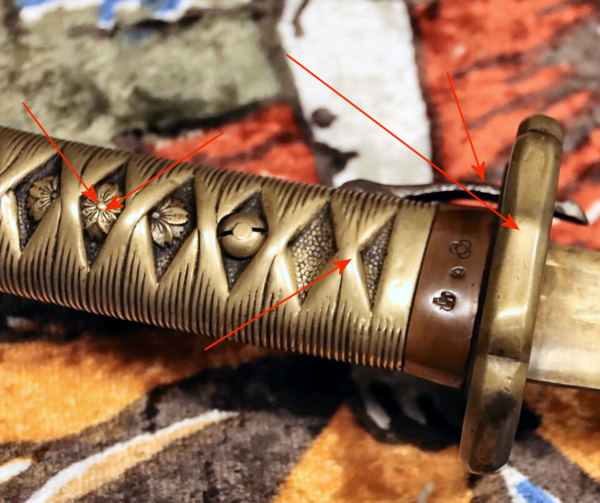
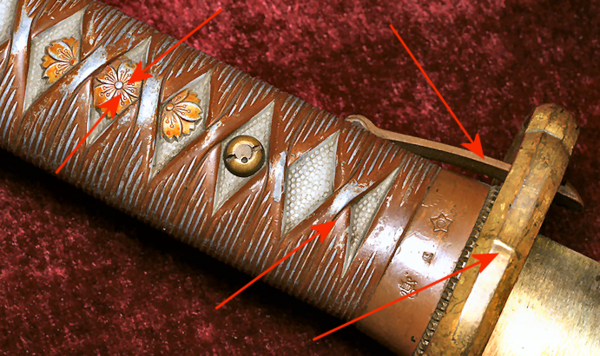
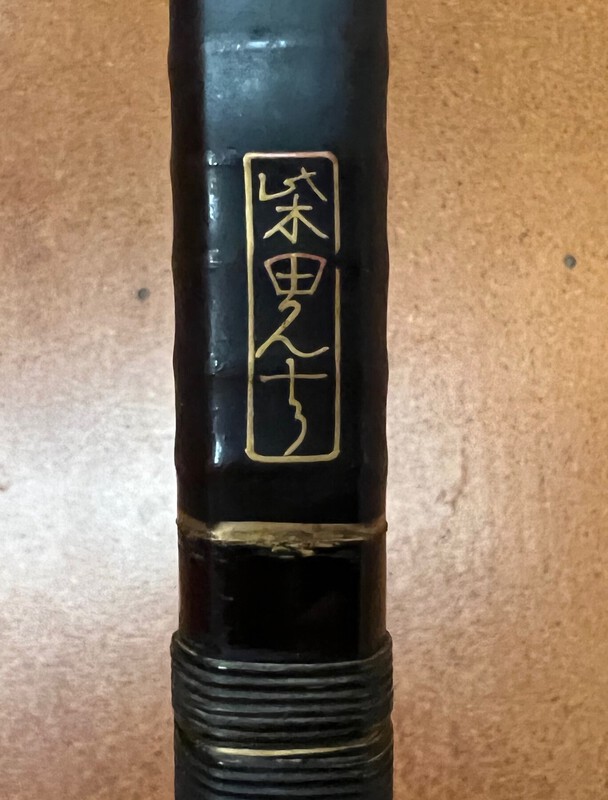
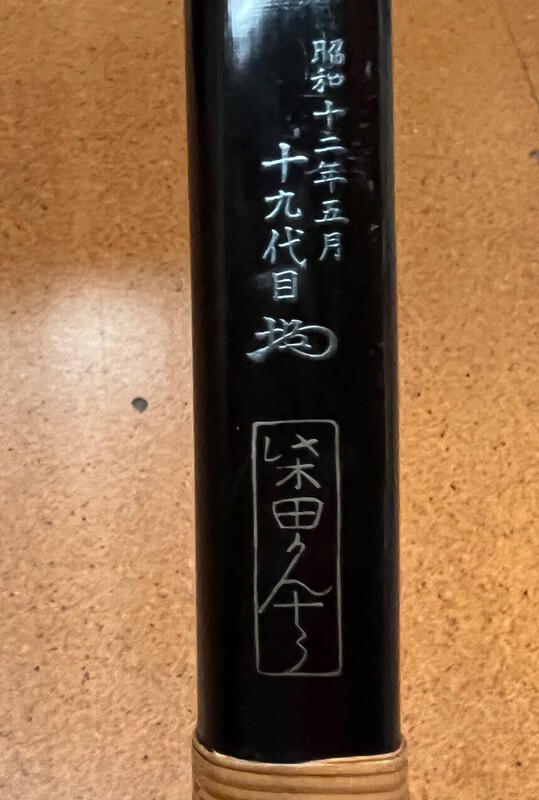
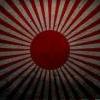

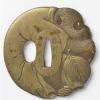


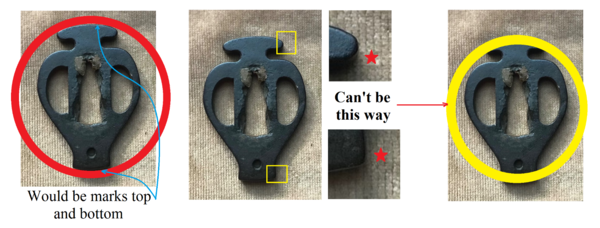


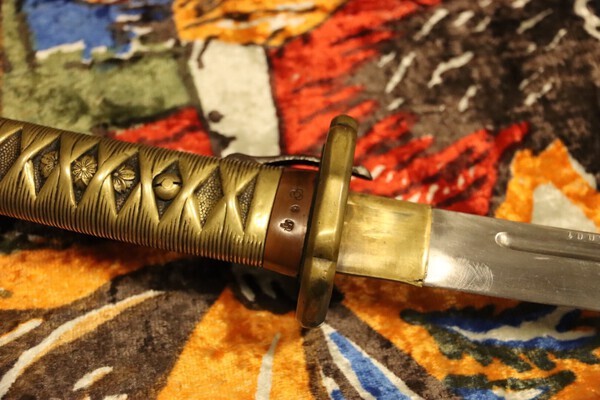





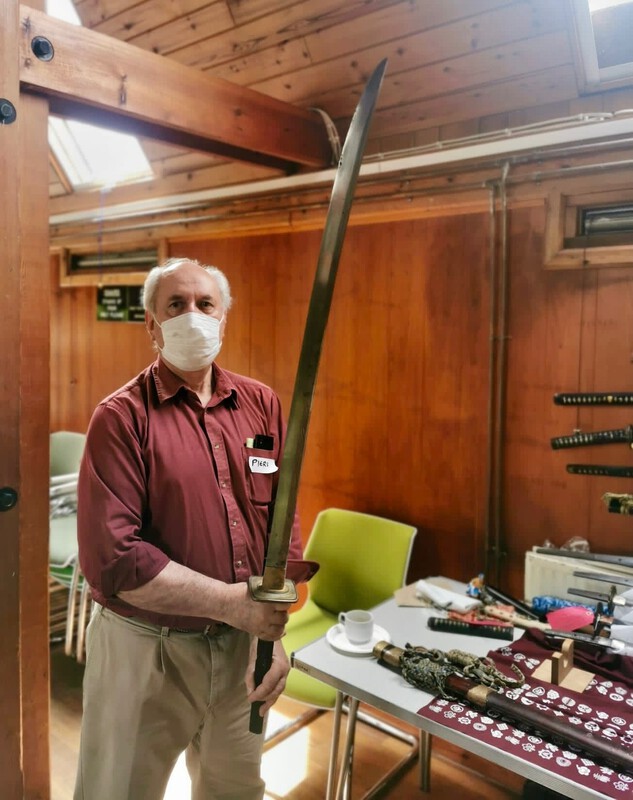
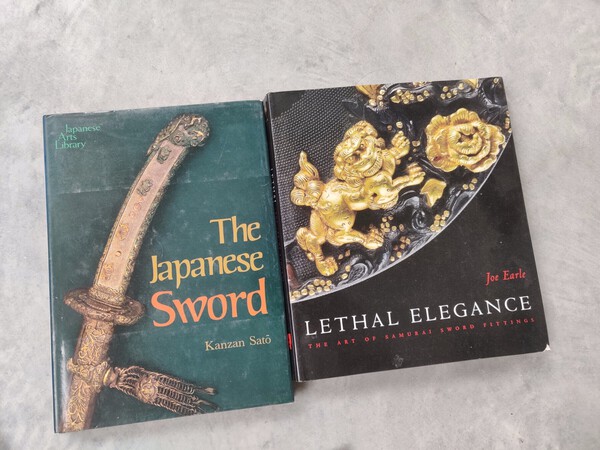

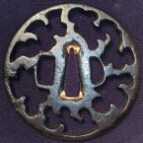
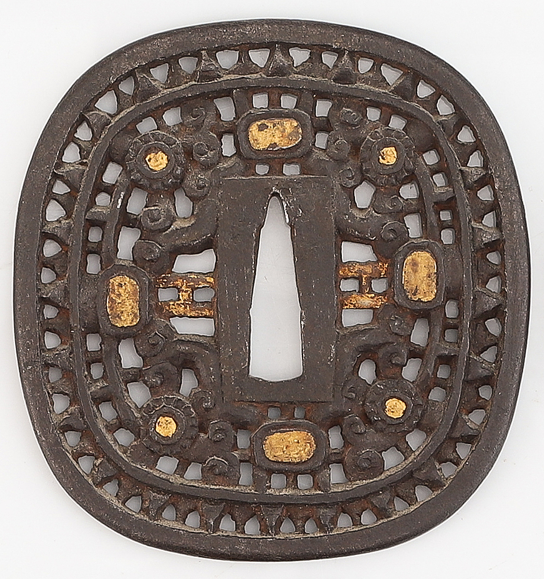
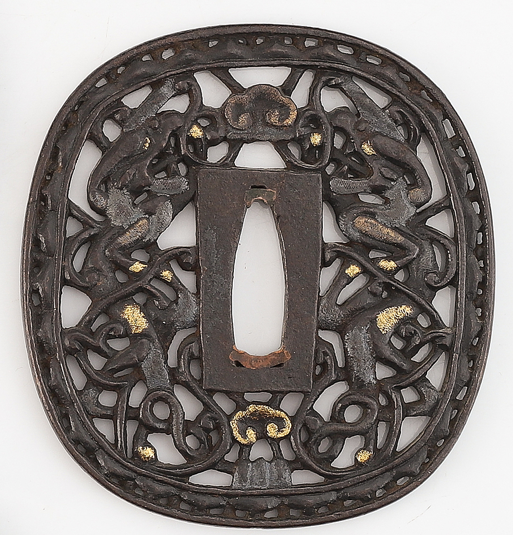
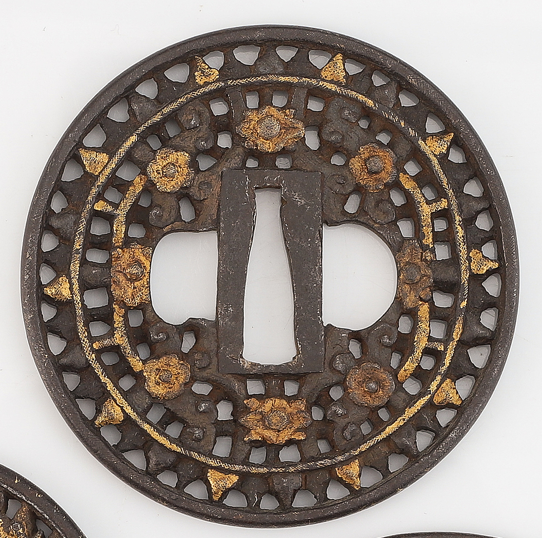
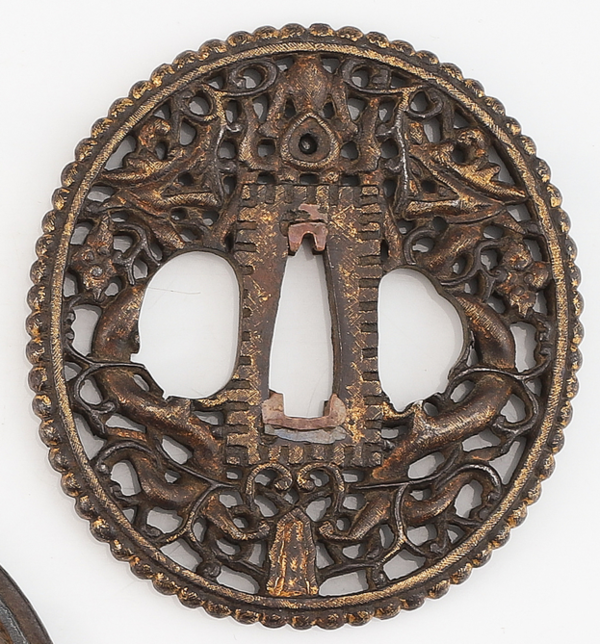
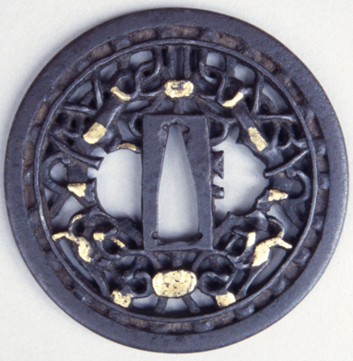
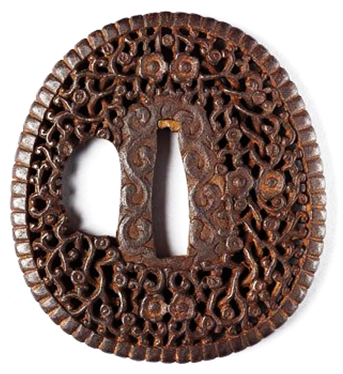
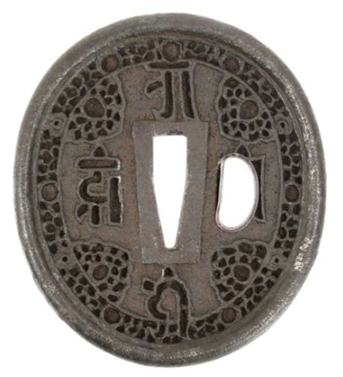
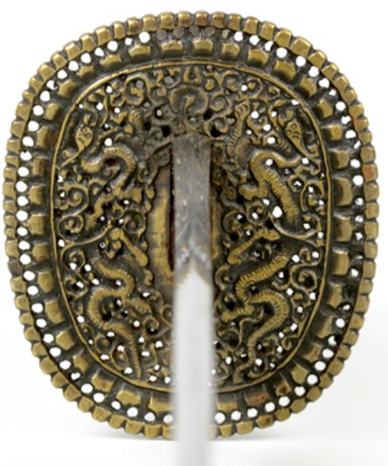


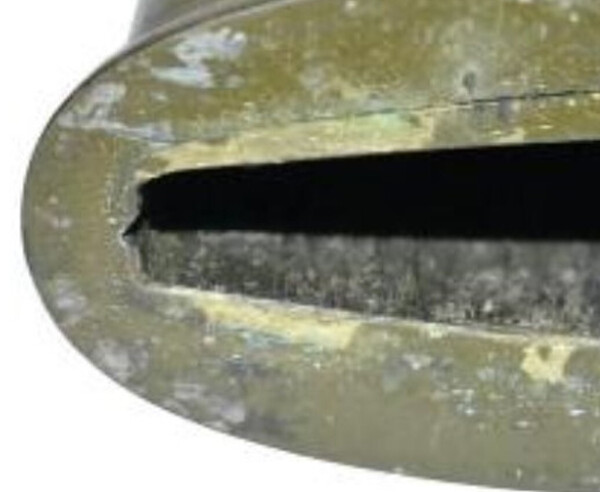

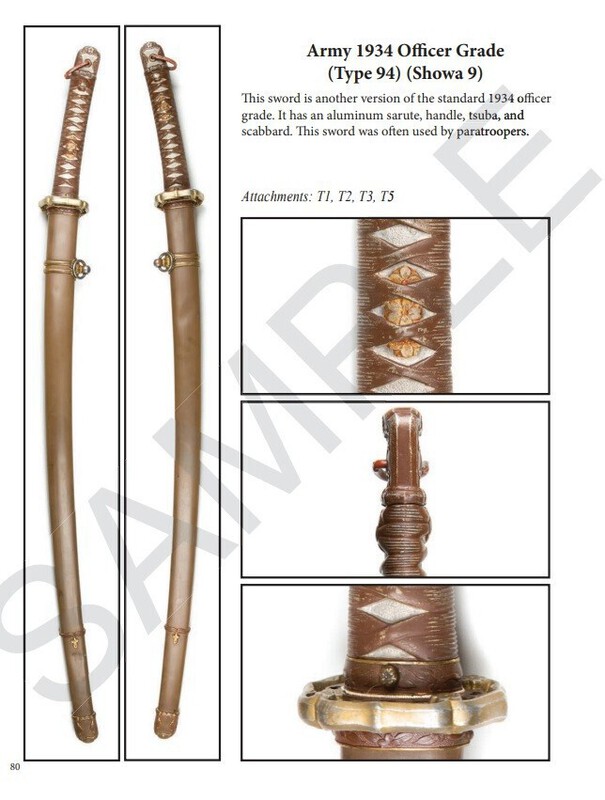
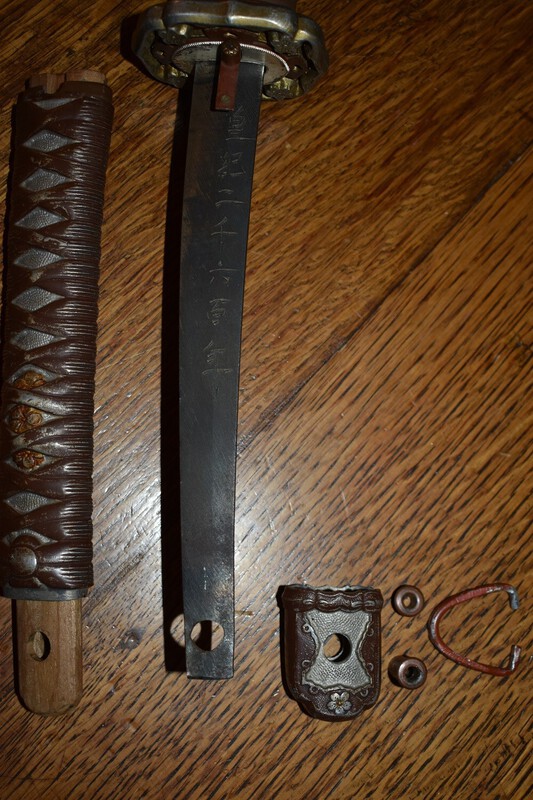


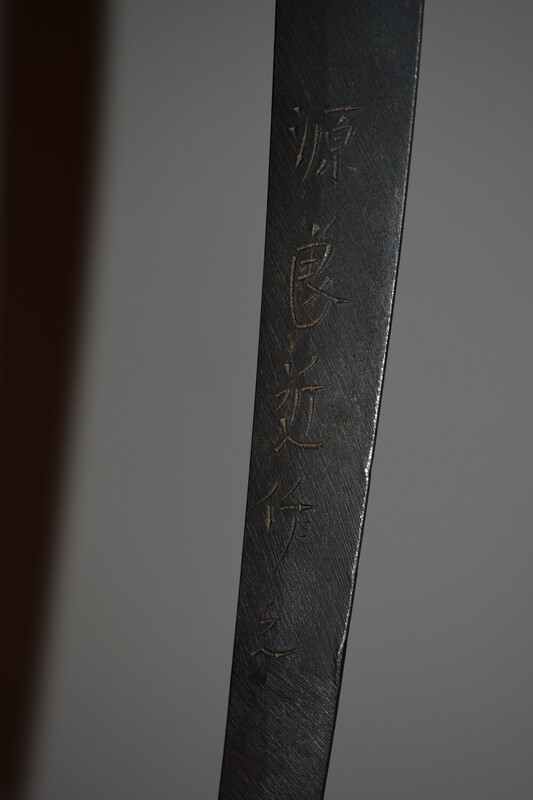

.thumb.jpg.bc10b59027a00aa142dce0349f3ba9e0.jpg)
